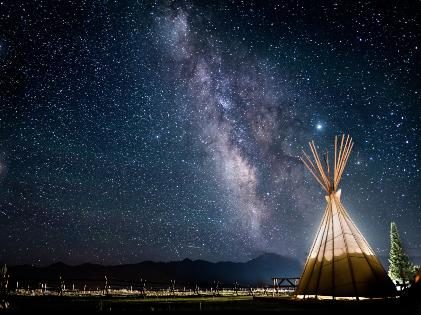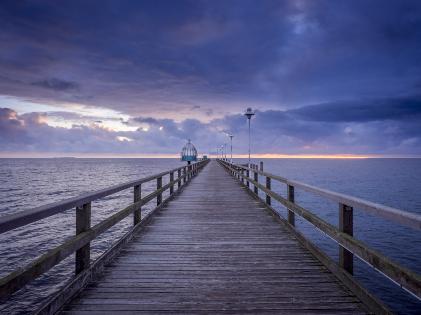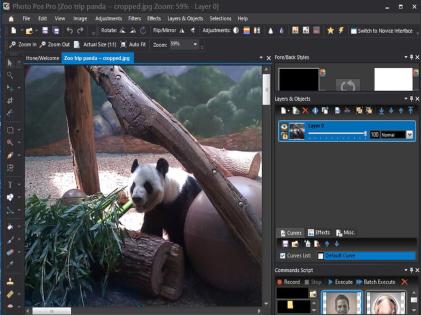Capturing a wide range of cosmos is one of the most significant challenges a photographer can come across but is the most rewarding experience. As soon as the sun sets down, the cameras come out. Here are a few tips for photographers that can help them capture the cosmos from a wider angle.
Find a location with little to no light pollution!
 Widely speaking, the adverse effect of artificial light at night results in light pollution. Many astrophotographers wish to capture faint celestial objects like the Milky Way galaxy. This can only be possible if the area you are in is by nature dark and free of light pollution. The results occur in three shapes. The first one is ‘Skyglow,’ which is domes of light on the horizon above artificially lit regions. The second one is the ‘Glare,’ where the eyes respond to extremely bright light (often causing visual discomfort). The third one is the ‘Light Trespass’ in which light goes beyond its property line or intended illumination area. Imagine your neighbor’s porch light passing through your window at night.
Widely speaking, the adverse effect of artificial light at night results in light pollution. Many astrophotographers wish to capture faint celestial objects like the Milky Way galaxy. This can only be possible if the area you are in is by nature dark and free of light pollution. The results occur in three shapes. The first one is ‘Skyglow,’ which is domes of light on the horizon above artificially lit regions. The second one is the ‘Glare,’ where the eyes respond to extremely bright light (often causing visual discomfort). The third one is the ‘Light Trespass’ in which light goes beyond its property line or intended illumination area. Imagine your neighbor’s porch light passing through your window at night.
Light pollution can easily be reduced by where you need it when you need it, and in what quantity. You can block the light entirely by using timers or motion sensors and using the lowest force of light required to fulfill the task. Note that light color is also an essential factor to look at.
Know the Basic Tips
Use a solid tripod and a camera with a wide-angle lens with a space that can open to f/2.8 or lower. However, not having a fast lens should stop you from capturing captivating might images, which could have been captured better with lenses that open to f/3.5 like a typical kit lens.
Shoot in RAW to get most of the data using the manual focus. Find the proper focus, adjust your lens to infinity and enable the live view. Keep the brightest celestial object in the center and use the camera display zoom to capture the most zoomed-in cosmos. Adjust your focus till the bright thing selected becomes the smallest.
Use Moonlight or Blue Hour to Cast Light Upon Your Foreground with Natural Light
 As the dark sky approach, it doesn’t seem fit to add unnecessary artificial light to the environment. There are other ways to capture the sky without using a headlamp.
As the dark sky approach, it doesn’t seem fit to add unnecessary artificial light to the environment. There are other ways to capture the sky without using a headlamp.
Blue hour happens when the sun is 12 to 18-degrees below the horizon. The pictures this time show the stars against a rich blue sky still slightly lit by the setting sun. Carefully planning the moon phase is also crucial for astrophotography. Light from the moon might look faint but completely changes the scene when captured.
To capture faint celestial objects, faded by moonlight, like the Milky Way and faint stars, the new moon seems the best time to do so.
Shoot Panoramas
Shoot panoramas to improve your image quality and capture a wider sky angle. Position your camera vertically, take multiple images with a 50% overlap and use software to merge them. Ensure to edit your panorama after compiling the picture since it gets more manageable for the software to combine RAW image files that have not been changed.
Use software to stack your images
 Using software like Photoshop to stack various images will automatically reduce digital noise, grain, and hot pixels, in your night sky images.
Using software like Photoshop to stack various images will automatically reduce digital noise, grain, and hot pixels, in your night sky images.
Get to know the night sky.
Study the night sky to get a got shot. From June to August, you can see the Milky Way as the sun sets for the night and will be ideally viewed in the early evening from September to November. Summer is the best time to get a good shot of the Milky Way because the Earth at night is towards the galaxy’s center. Its galactic core shines from March to November, and it becomes apparent a few hours before sunrise during spring.
A silhouette in the foreground will add a fantastic look to the beautiful night sky. However, before using all these tips, explore the location of your shoot before entering unknown territory. Use a headlamp or turn down your camera’s LCD brightness to save your night vision.
